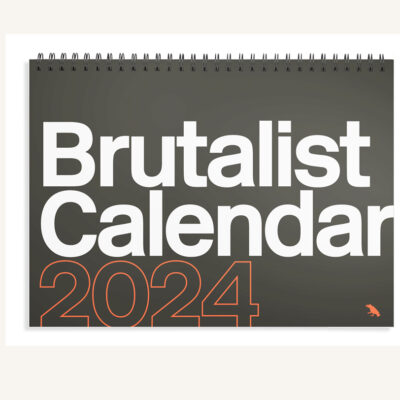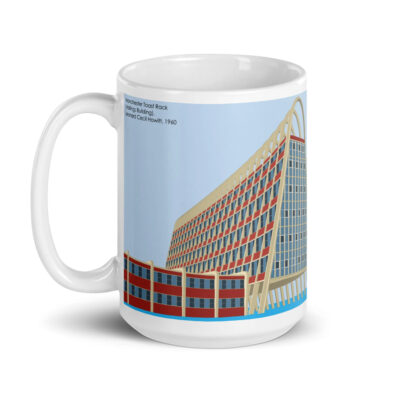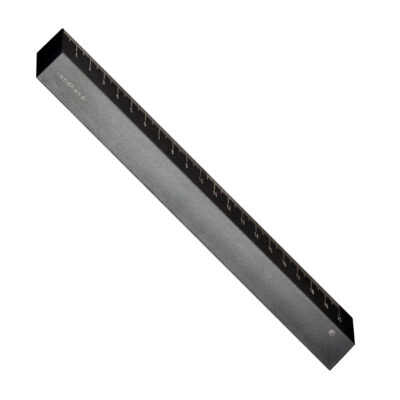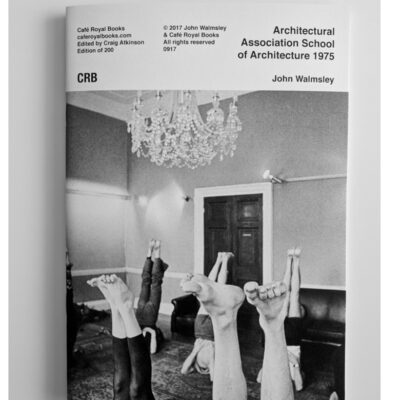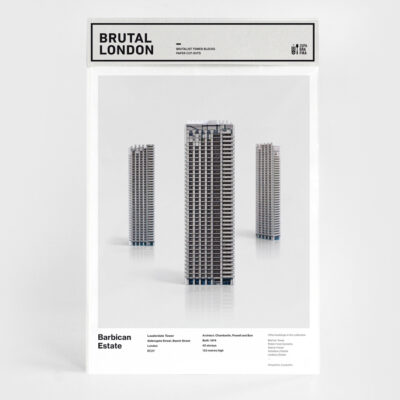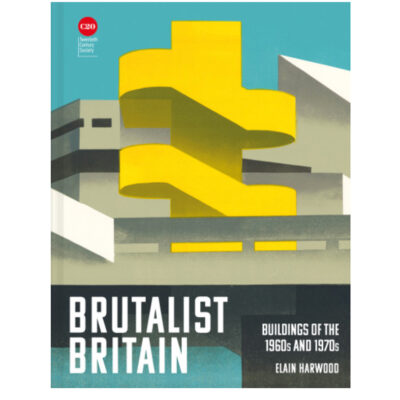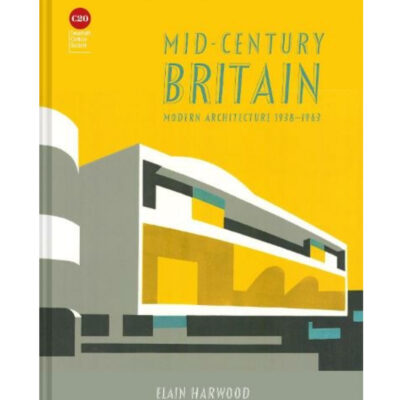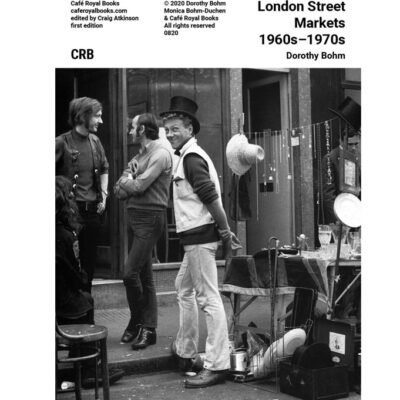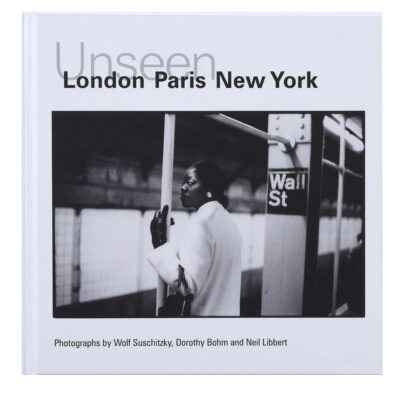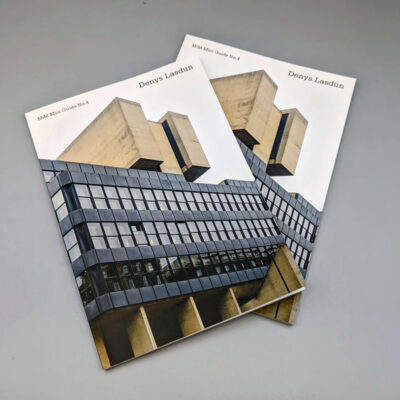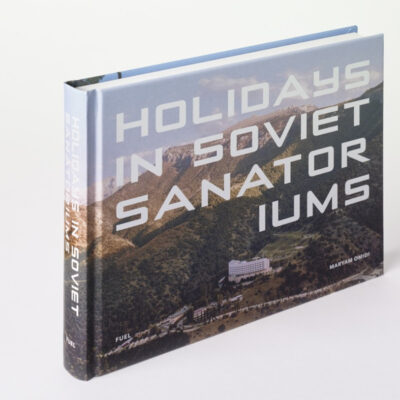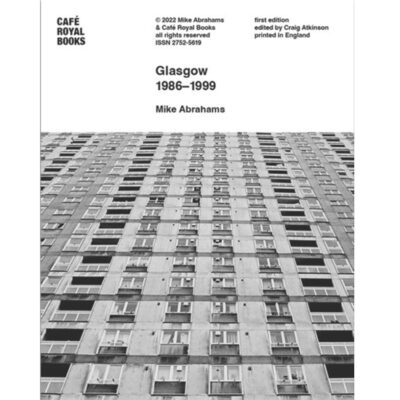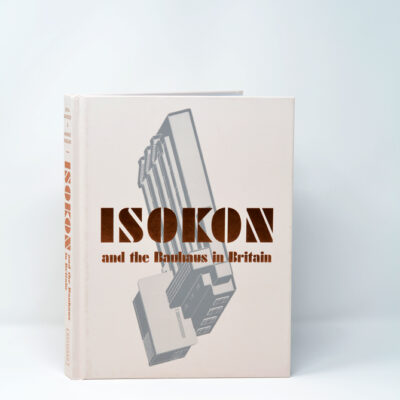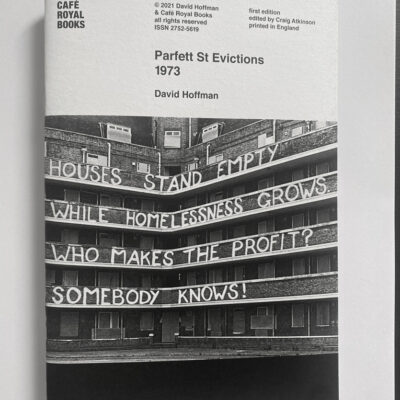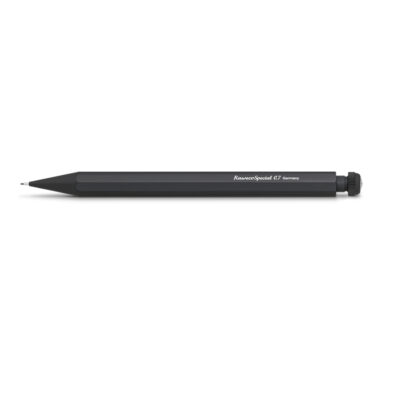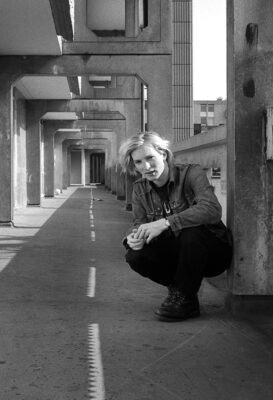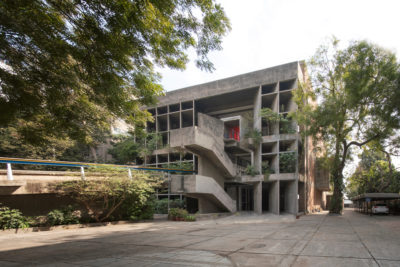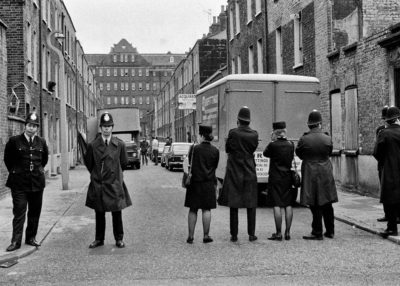John Walmsley
‘photographing ordinary people and the interesting things they do’
British documentary photographer John Walmsley found his visual voice in the Summer of ’68. In his final year at Guildford School of Art, this was the moment when the urge to reset the dial became overwhelming.
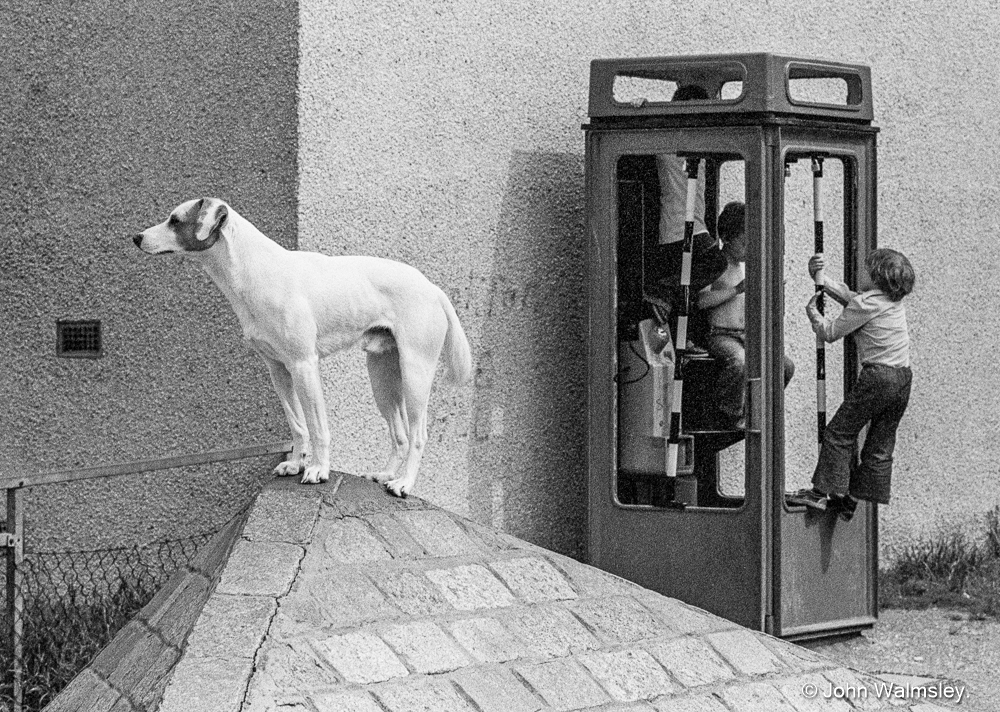
Wester Hailes, Edinburgh 1979
Student protests in Paris threatened the stability of the government and activists in London were revving for a huge anti-Vietnam war protest. For a would-be documentary photographer, this was a rare opportunity. When John heard that Vanessa Redgrave and Tariq Ali were leading a march to the American Embassy, he ‘borrowed a college camera and hitched to London to photograph what was happening’.
The spreading international protest movement inspired Guildford’s art students to demand systemic change to their school. They wanted their voices heard and a better arts education reflecting modern teaching methods. Today, the notion of student representation is accepted as good practice, but not in ’68. Spurred on by the protests at LSE and Hornsey, a sit-in began with no clear end plan; it was to become the longest-ever sit-in at a UK educational establishment. Laid bare was the sense of alienation between older teachers and students. The sit-in spiralled out of the control of the school. The sacking of 40 teachers who sided with the protest took the tension to a new level. John Walmsley was perfectly placed within the Guildford student protest to take photos. John’s photography documents the crisis at the Guildford art school, and he also covered the famous Grosvenor Square anti-Vietnam War protest. Those images are now held by the National Portrait Gallery and other national and international collections.
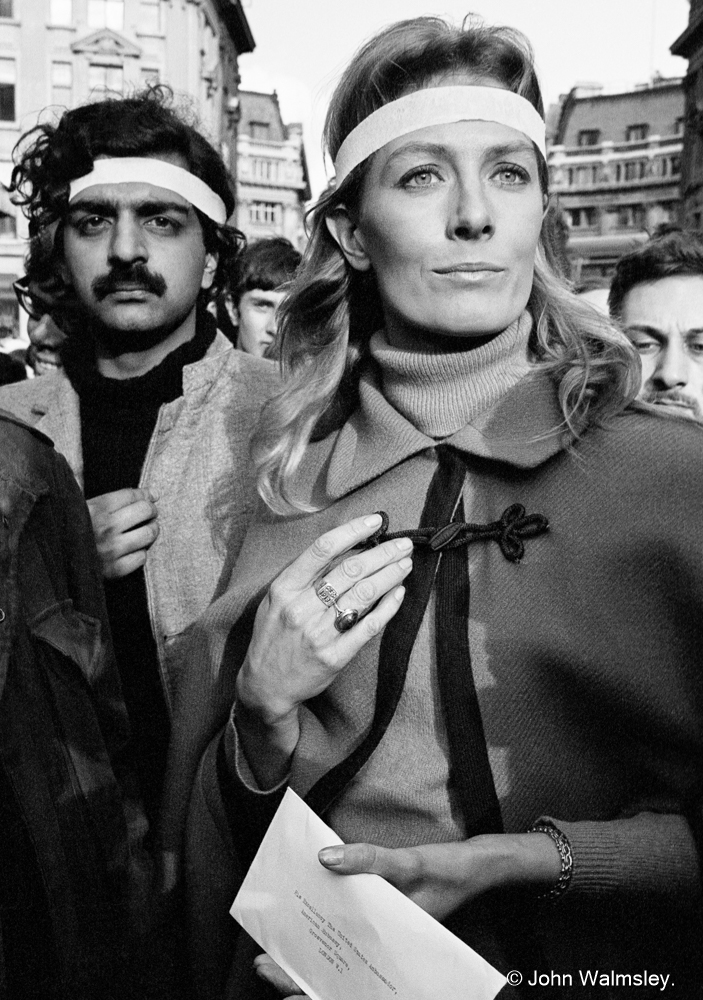
Vanessa Redgrave & Tariq Ali with the letter to the American Ambassador, anti-Vietnam War demonstration from Trafalgar Sq to Grosvenor Sq, Sunday 17th March 1968. I was told the headband was a Vietnamese sign of mourning for dead children. A print of this photograph is in the Permanent Collection at the National Portrait Gallery, London.
We discussed with John his stellar career and time teaching at the Architectural Association School of Architecture. Let’s begin with that summer in Guildford:
The 1968 protests in Paris began in March and exploded into violence in May, to what degree were the Guildford are students influenced by what was happening there?
I think we must have been influenced to some extent, but Paris was on the streets or violent; ours was never that nor ever intended to be.
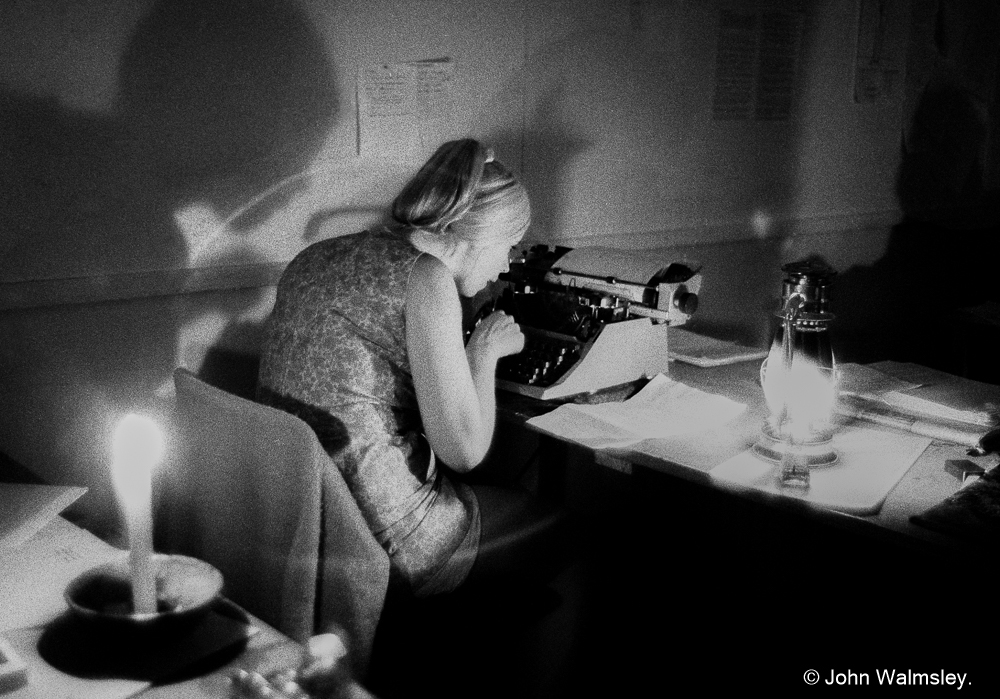
Working by candlelight, sit-in, Guildford School of Art 1968
Were your photos published as events unfolded? And how did you get them published?
My photographs carried in local and national papers were as immediate as I could manage. A full page in New Society by Anne Corbett took about a week to organise. I had to process the film, make physical prints and get them to the picture desks either in the post or by hitching into London myself and hand-delivering them.
Who were the Guildford forty? Were you considered their chronicler?
The Guildford 40 were the part-time and full-time staff of the art school who were either sacked or didn’t have their contracts renewed because they sided with our sit in. I was an active student in the protests but not, in all honesty, one of the thinkers or directors, though I did chip in. I recorded events as they unfolded but not with any long-term plan for the photos. It was important I did this from start to finish for its own sake.
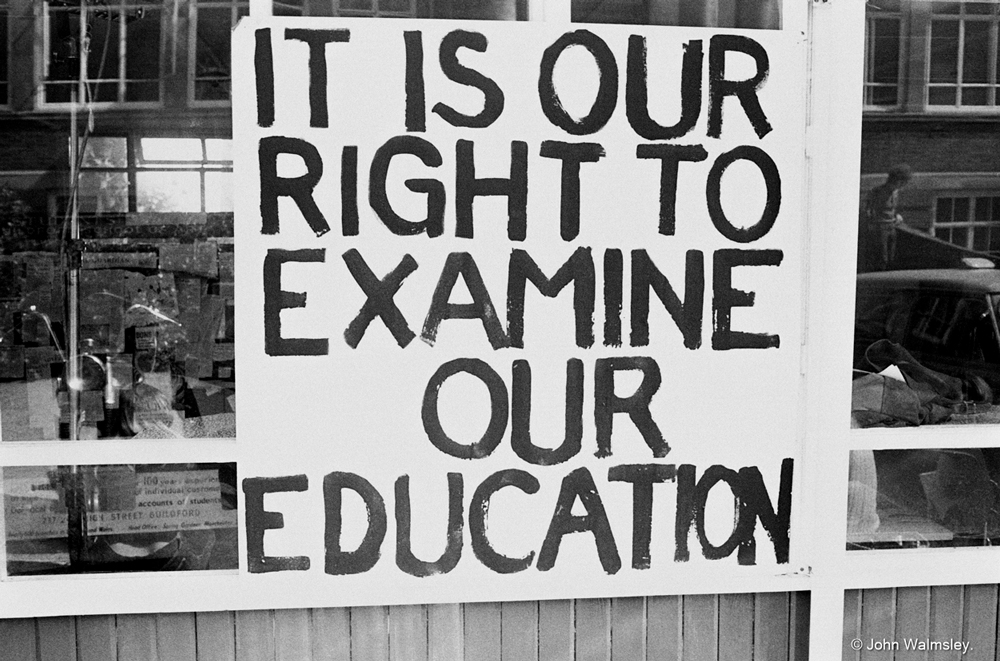
Sit in Guildford School of Art, It is our right to examine our education photo John Walmsley
‘One of the sacked staff knew John Lennon and asked him to attend the exhibition. As an ex-art school lad himself, he was happy to’
How did the Guildford Minus Forty Exhibition come about? The roll call of names involved is a tick-box list of the most important contemporary artists of the period.
The Royal Institute Galleries heard of our plight and offered us their gallery in Piccadilly. One of the sacked staff knew John Lennon and asked him to attend the exhibition as did Yoko Ono. As an ex-art school lad himself, Lennon was happy to agree.
Actually, I’d forgotten quite how extensive and eminent that list of supporters was. When I read it again for our get-back-together 50th anniversary exhibition in 2018, I was really surprised and chuffed.
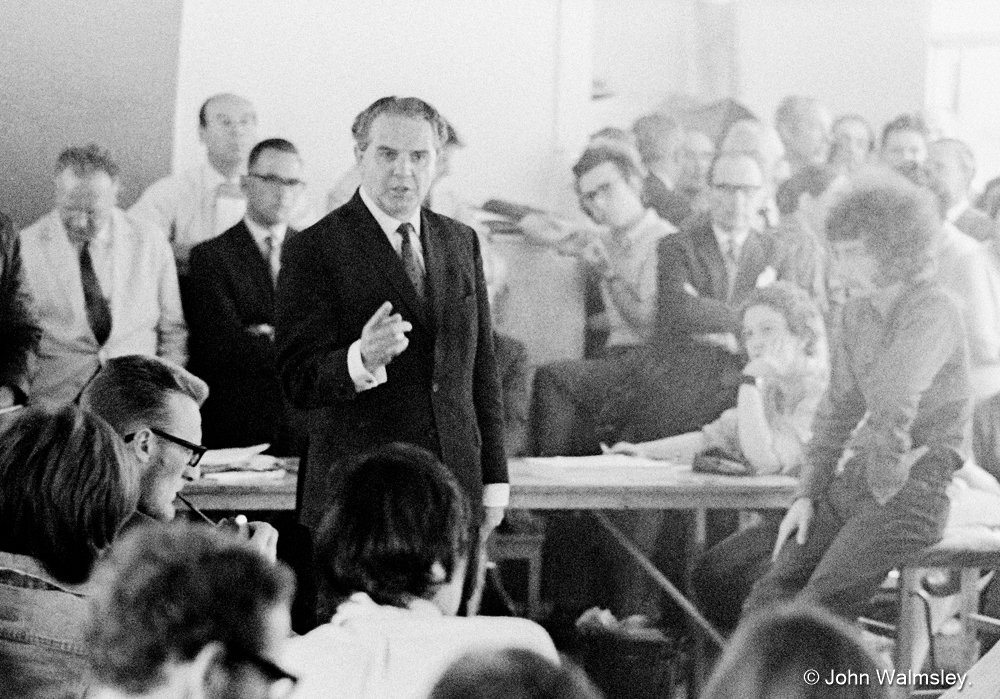
Bernard Brett, Vice Principal, Sit-in Guildford School of Art, 1968
John and Yoko – any memories?
… they were high profile and we were respectful, but they seemed approachable and willing to help us.
At what stage did you realise the importance of the photos?
To me, the stories I’d shot have always been important by their very nature, and it’s other people who have later realised that they capture significant moments. When, in 2018, we curated the exhibition marking the 50th anniversary of the sit-in, people said to me how glad they were that not only had I taken the photos but that I’d looked after them well enough for them to be used in the exhibition. The same thing happened with my Wester Hailes housing estate work in Edinburgh that I did in 1979. People who were kids on the estate then said how good it was to be reminded of their youth. One man said he was so pleased to show the book to his own 15-year-old son so he could see how his dad had been at the same age.
Were you allowed to return to the art school after the protests ended?
I did photograph the odd significant day of protest but by then, I’d run out of money and moved back home with my parents. The next time I entered that building was for a film years later. Actually, the Art School archivist got in touch wanting to have a set of the photos, but, as there was no budget at all (how often have I heard that?), it didn’t progress. Claire Grey, Brian Dunce (one of the sacked staff who still lives locally) and I gave a talk there about the events. Students were amazed by what had taken place in ‘their’ building. I’ve since given a couple of talks to the FE Media Studies students in the school, and I pop in when they have an exhibition of their work.
‘I started protesting way back then and have carried right on’
Does protest work?
Definitely, saying something needs changing/improving is always worth it, at least in my experience. I started protesting way back then and have carried right on.
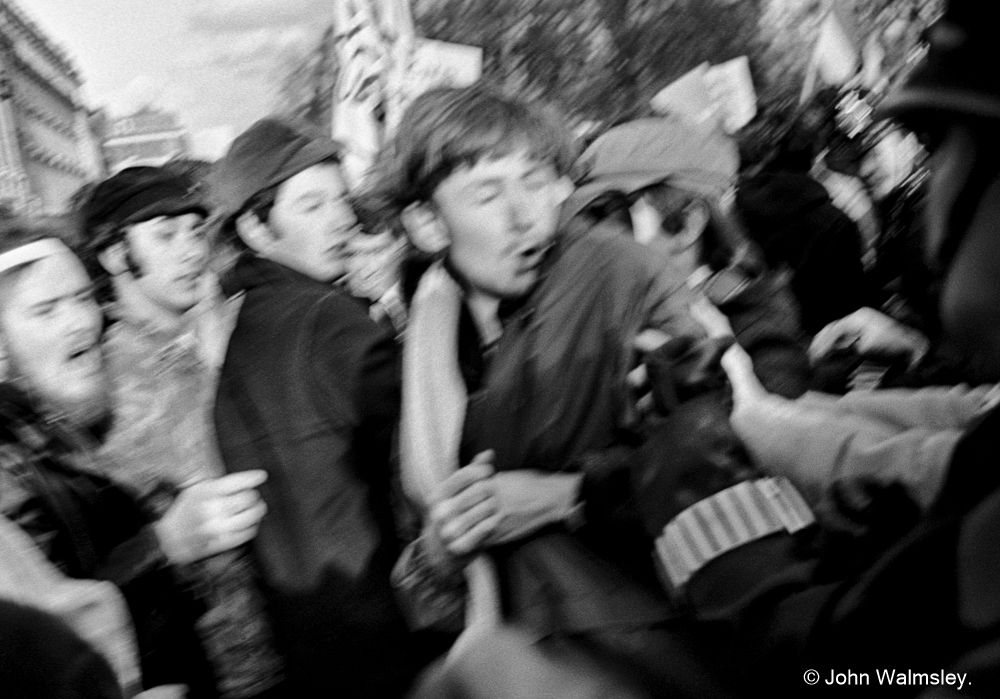
Grosvenor Square battle 1968
The one that got away and the one that broke through
This is a ‘do I turn left or right?‘ question. Choices one makes that have a lasting effect on your life or someone else. I once saved a woman’s life and didn’t know it until we met up some 30 years later. I would love to be able to say I crawled through a minefield and dragged her injured body back to safety, but, no, it all took place in a bedsit in Tooting. It happened when I returned to the house and, instead of going to my room, something made me go to hers. Apparently, she was about to throw a rope over the pipe up above her, and my turning up interrupted her.
Buying the Guardian one day changed my life. It introduced me to the writer Leila Berg, and together we did the Summerhill book with Penguin Education in 1969. That changed my outlook and continues to do so. But, I suppose my best-known image must be Vanessa Redgrave and Tariq Ali leading the anti-Vietnam war protest to Grosvenor Square. That very soon went into the National Portrait Gallery’s Collection. Several times, I’ve been showing a postcard of it to people and they’ve said, “You took that! It’s one of my favourites”.
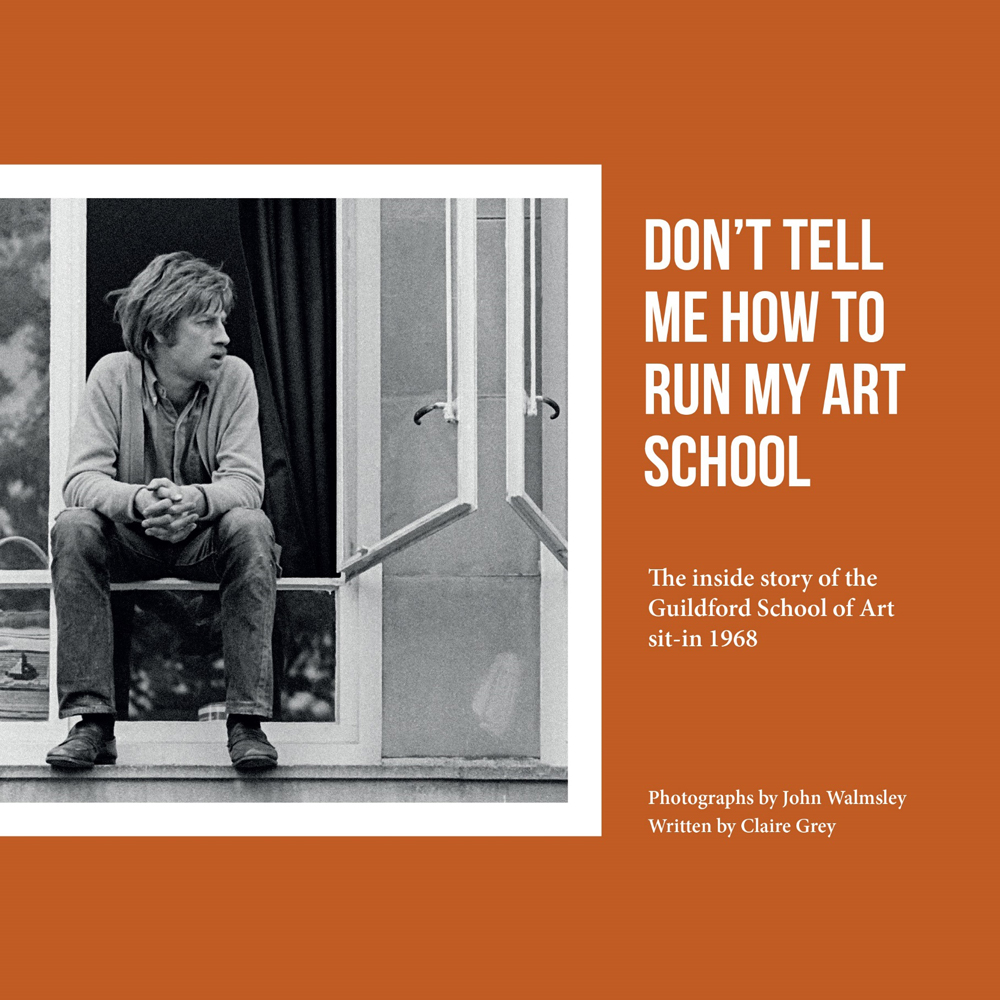
If you could return to your younger self, what would you photograph that you missed the first time round?
No idea. I was always busy, and the educational textbook publishers I worked with wanted all sorts of pictures: from a week in a secondary school in Lancashire for an English book to how on earth you get the tread in car tyres for a Physics one. Always something interesting.
What was your first commercially successful photograph?
I don’t think any have been successful at making lots of money. Vanessa and Tariq are the best known but has probably brought in no more than £200 over four decades. The problem is people want a print or to display it but “… have no budget”.
‘I put black tape over the brand name on my camera bodies to try to stop middle-aged men coming over to tell me why their camera body is better than mine’
Do you have a favourite camera and lens?
No. I’m not technically gifted. I use what will do what I need. When it’s time to buy newer kit, I have to ask other photographers what would fit my needs. Modern cameras are fantastic and fantastically complicated. I don’t understand 90% of what they do so apply my KISS approach. It’s the light and people that matter. I put black tape over the brand name on my camera bodies to try to stop middle-aged men from coming over to tell me why their camera body is better than mine.
Which photographers inspire you?
Cartier-Bresson, Robert Doisneau and all the ones you’d expect.
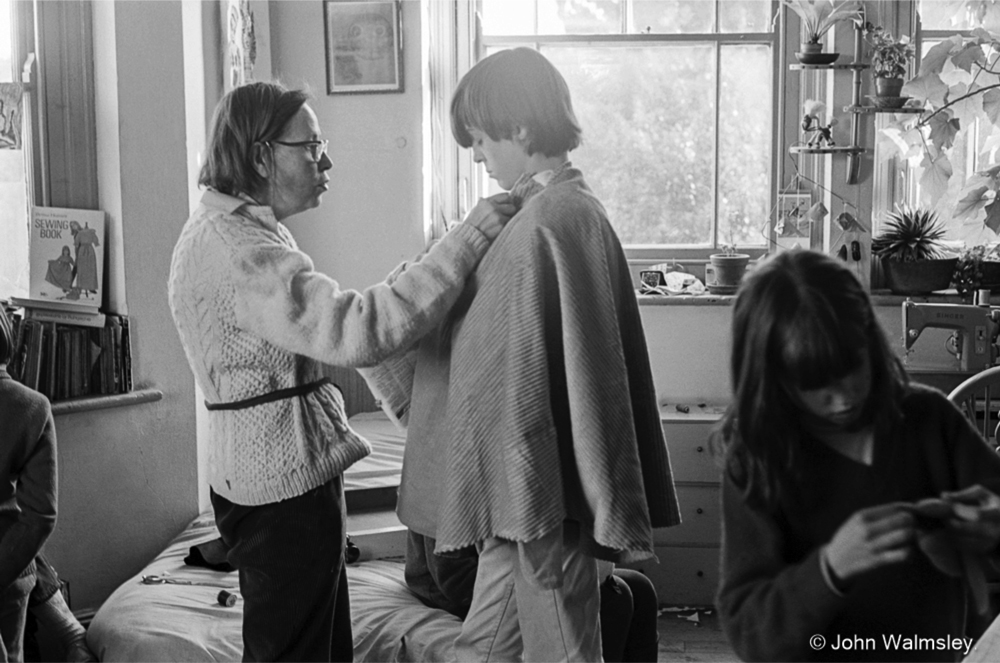
Sewing Group, Summerhill School 1968
People or location – what comes first?
I’ve always been a people photographer, so it’s people, wherever they are and whatever they’re doing.
What do you hope the viewer of your photos experiences?
That’s a deep one.
With the older shots/stories, I hope they remember who they were then and enjoy, if that’s possible, the memories. I know at least one woman in the Wester Hailes photos who, as a 14-year-old, had spent a morning with me and got through a box of tissues with the memories the book brought back. We have to be careful because it’s very personal to these people. When I work on my books, I always try to get back in touch with the people I photographed so people can contribute, correct or refuse.
Also, I prefer to exhibit in the locality where the old photos were taken, maybe in the village hall or library or hospital, rather than in a big gallery.
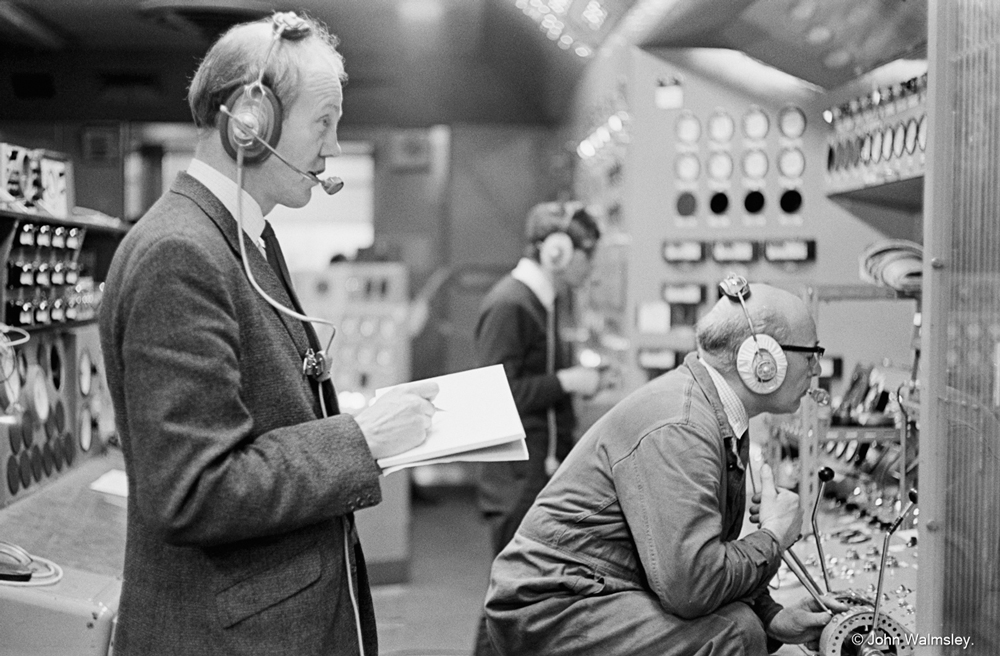
National Gas Turbine Establishment, Pyestock
To what degree do you think your life experiences have impacted your work and shaped the person you are today?
Must have. I’m the youngest of five from the council estate, with all that implies. I respect people who may not have much but are trying their best. Conversely, I have no time for the sort of politicians and lawyers who twist things so they can have even more, usually at poor people’s expense. I had a real go at the politician who used one of my photos without asking or paying and wanted me to know his friend was a barrister, and I should remember this if I were thinking of making a claim.
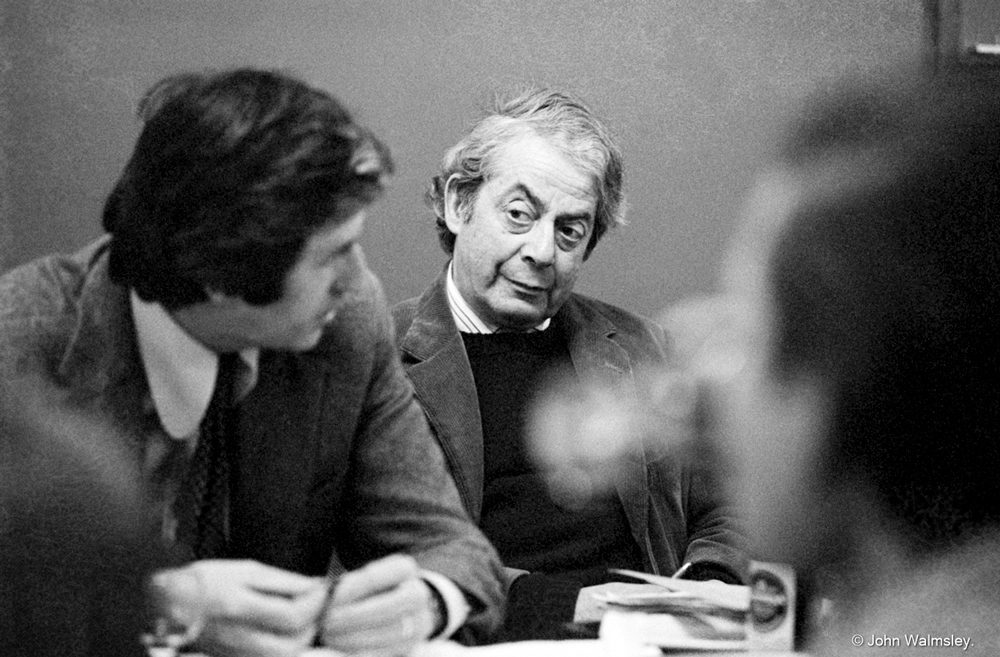
Sir Denys Lasdun photographed at an Architecture Association Council meeting before his knighthood
Are you a storyteller, an optimist, or something else?
I’ve always suffered from optimism.
Your time at Summerhill School, was this before or after Guildford?
I heard about Summerhill when I was beginning my final year at Guildford so this was shot when I was a student.
What were your impressions of Summerhill?
I liked it immediately and felt at home there. Having shot in hundreds of schools, I now think the best approach for a school is to match the child, their family and the school. If you can do that, there’s a better chance of a good outcome. Summerhill gets slightly above-average GCSE results. But it’s not for everyone. I doubt how kids are taught matters much as long as it suits that kid and their family. I didn’t send my kids there because I wanted them with me so I could see and help them grow up. When I was diagnosed as dyslexic a few years ago (good spelling and vocab but slow reading and processing), I read a book written by several well-known people, each of whom has some form of dyslexia. It seemed they all had had a bad time at school and were each ‘saved’ by having one adult on their side. It didn’t matter if it was a teacher, parent, relative or neighbour. There was always an adult to whom they could turn.
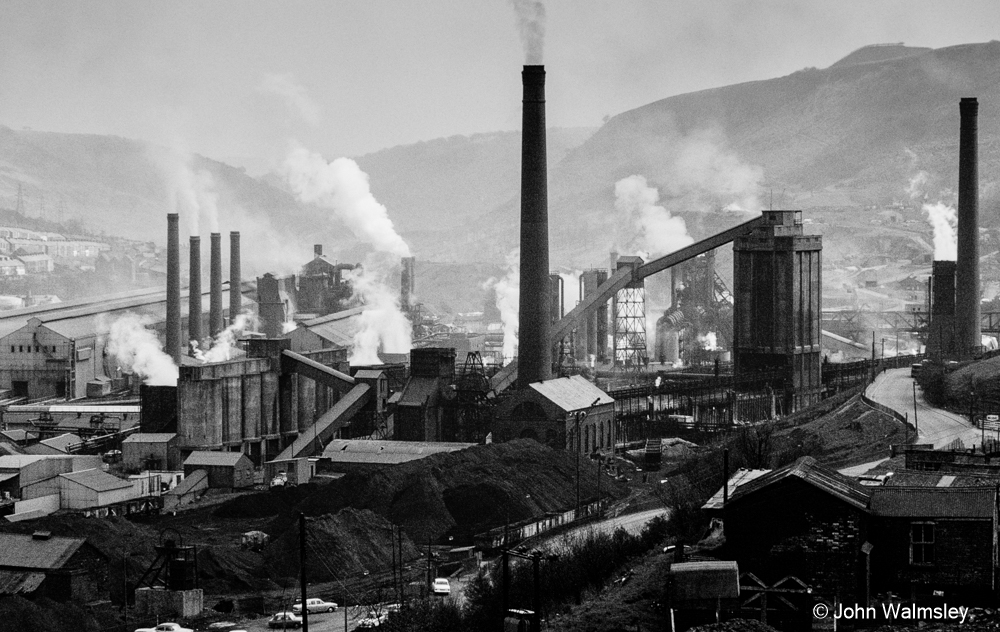
Steelworks, Ebbw Vale, Wales, 1971
How did you find yourself at the Ebbw Vale steelworks and Aberfan?
In 1971, I bought my first car, which, in those days, had a genuine walnut dashboard but no synchromesh gears. There was much grinding. A teacher I’d got to know and her husband had a small cottage in Wales they let me use, so I took off on my first trip ‘abroad’. I photographed the Port Talbot steelworks and Ebbw Vale and then went to Aberfan to photograph the cemetery. Ebbw Vale steelworks and its surroundings were like nothing I’d ever seen in the home counties. My own father was from mining country up north and had briefly been down the mines before deciding it wasn’t for him. Here, you had tough men enduring all sorts of hardships to bring coal to the surface so it could stoke the steelwork’s fires and bring relative prosperity to the area. You also had tough women who knew that every day could bring tragedy. It was the bargain the neighbourhood had made; for most people, there was no other choice. The loss of all those children in Aberfan was an unspeakable disaster that no one could have prepared for.
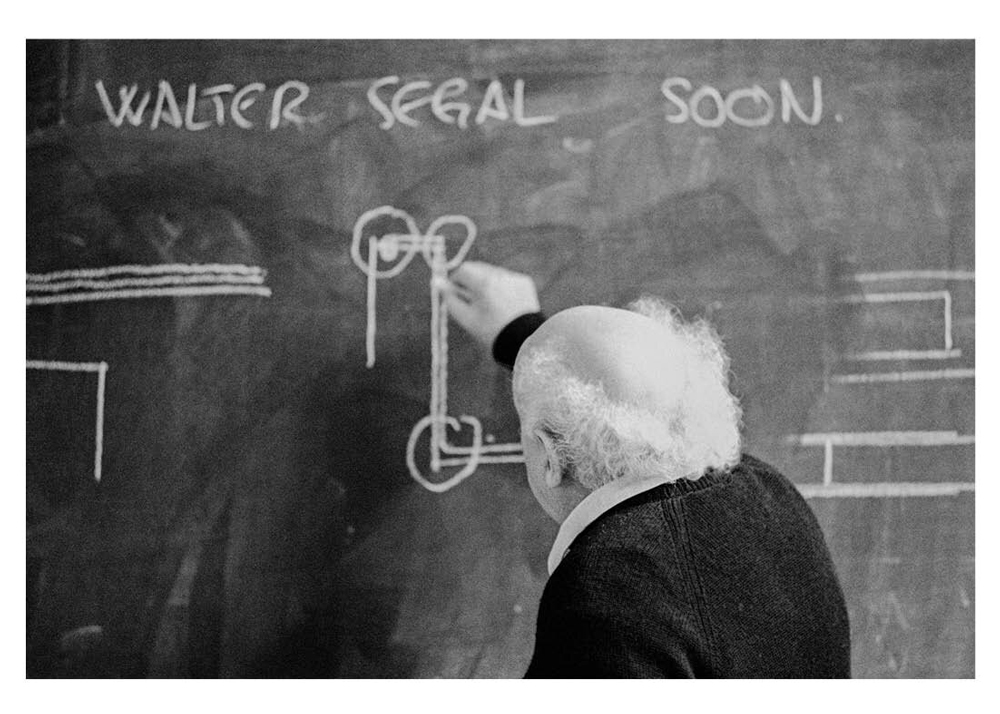
Architectural Association School of Architecture 1975, architect Walter Segal
The Architectural Association School of Architecture, when were you teaching there?
1974 to 1981
You mentioned when we spoke that if there isn’t a human in the photo, something’s missing – how did that work out at the AA?
It was news to the students that this was an option. All photos of buildings up to then had been without people, so my suggestion was novel. Most gave it a go, could see the reasoning and made photos with and without people. I said that if a building is not for and about people, what is it for?
Getting Your Ducks in a Row
Copyright infringement
You’ve done a tremendous amount of work on this – what are the five steps you would advise other photographers to take to protect their images?
Make the Copyright, Designs & Patents Act 1988 your bedtime reading. It is your friend, but, like most friends, you have to understand what it/they can and can’t do for you and how you can help them help you. I offer a talk, Getting Your Ducks in a Row. This covers the basic things you should do when you make the works so that, if (I’m tempted to say, when) someone does take advantage of you, you have the records in the right form to make them pay the fees due. If you wait until you want to claim before putting these measures in place, it’s too late. Plus, read my Substack articles on copyright protection.
What are you working on at the moment? Any exhibitions lined up?
I have four photos in a year-long outdoor exhibition, To the Sea, in St Gilles Croix de Vie on the French Atlantic Coast. Organised by Shutterhub, it runs until October 2024. In December, I have a photo in Light & Shadow at the Glasgow Gallery of Photography. In January 2024, a photo in a gallery in Rome. In February/March, I’m doing a two-hander with the printmaker Jenny Rickman at the Guildford Institute.
The best way to view and purchase John Walmsley’s images and new book Don’t Tell Me How to Run My Art School:
John Walmsley online: https://linktr.ee/johnwalmsleyphotos
All photos are the Copyright of John Walmsley.




